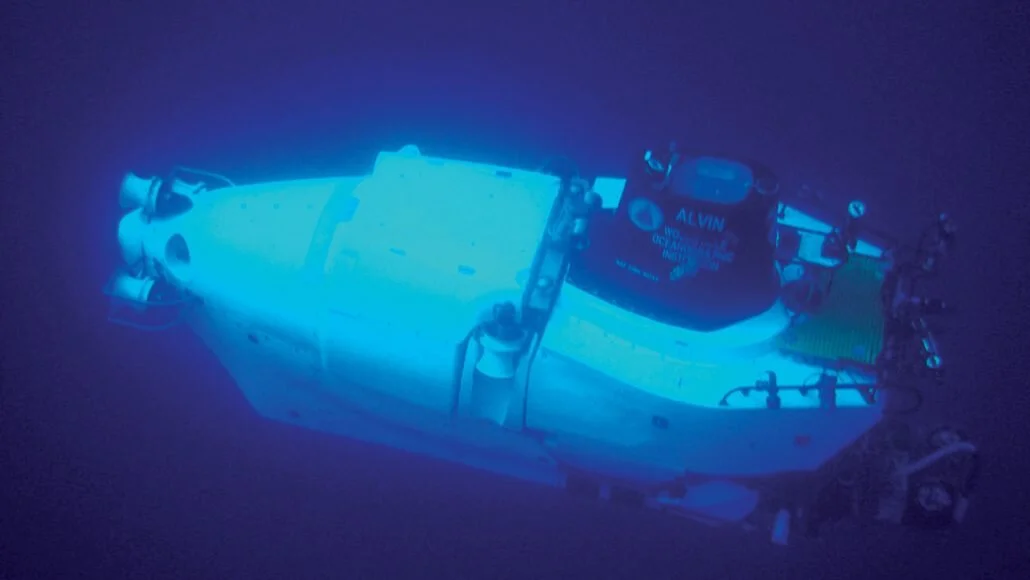The Alvin submersible, originally used for Navy-funded research, can carry humans as deep as 4,500 meters beneath the sea surface. Credit: Expedition to the deep slope/OER/NOAA CC BY 2.0
A new book explores how military funding shaped the science of oceanography
By Alka Tripathy-Lang
April 16, 2021
In 2004, Japanese scientists captured the first underwater images of a live giant squid, a near-mythical, deep-ocean creature whose only interactions with humans had been via fishing nets or beaches where the animals lay dead or dying.
For the full review of Naomi Oreskes’ book, Science on a Mission, head to the Science News website.

